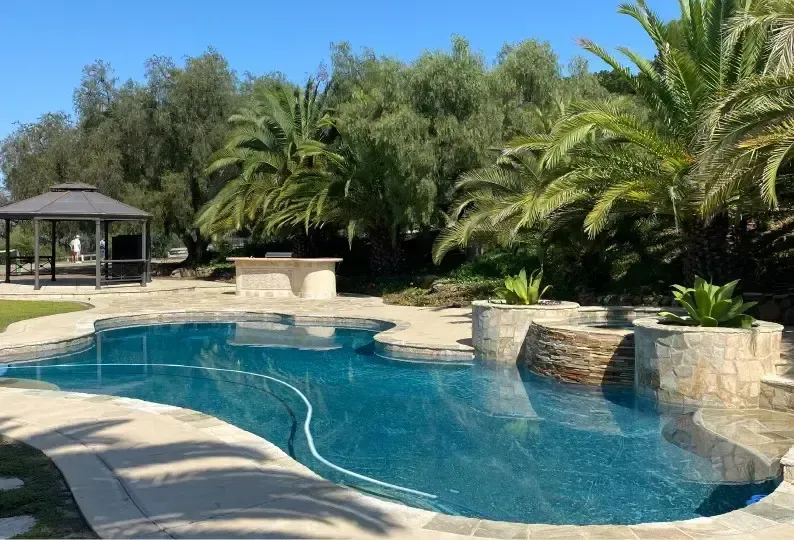Pool Service & Maintenance
Whether you need routine maintenance and repair, equipment installation, or pool water purification services, we’re here to help. We offer end-to-end solutions for every commercial and residential application using cutting-edge technology and parts—all backed by a warranty and quality guarantee.
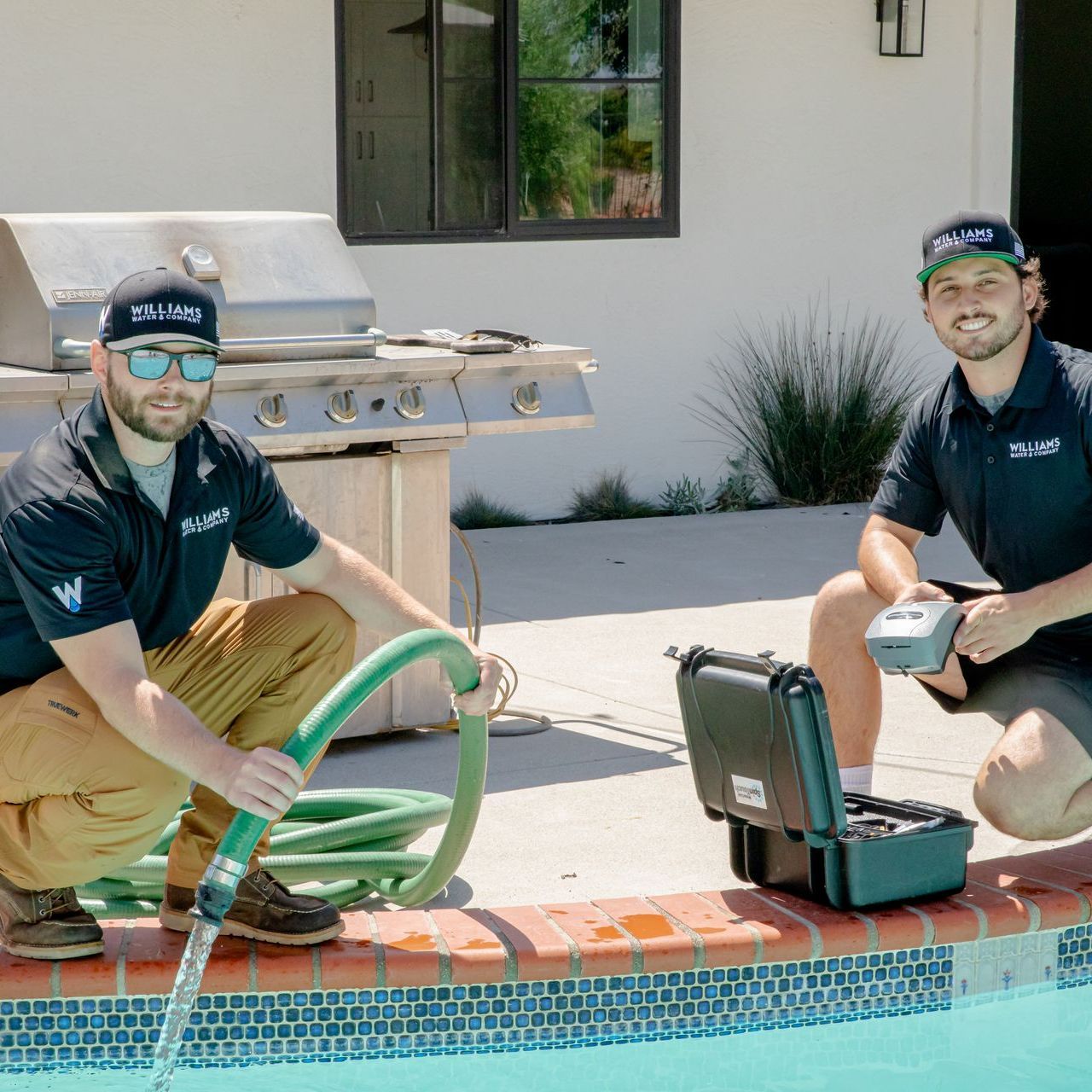
End-to-End Pool Service Solutions
Pool Heater Installation
Want to extend swimming season while enhancing energy efficiency? We offer a variety of pool heaters, including solar units that utilize the sun's natural energy, ensuring your pool is comfortable and eco-friendly.
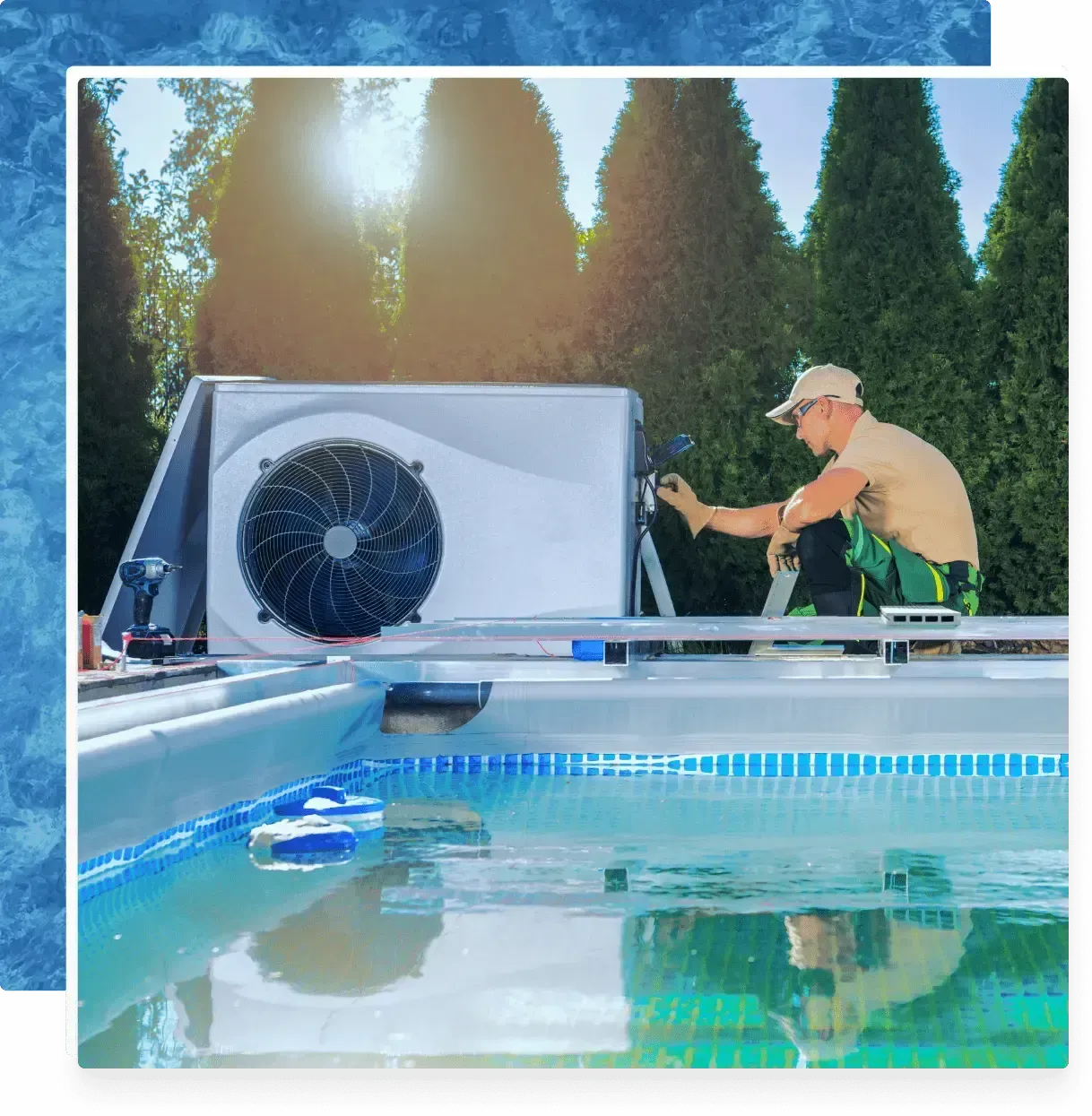
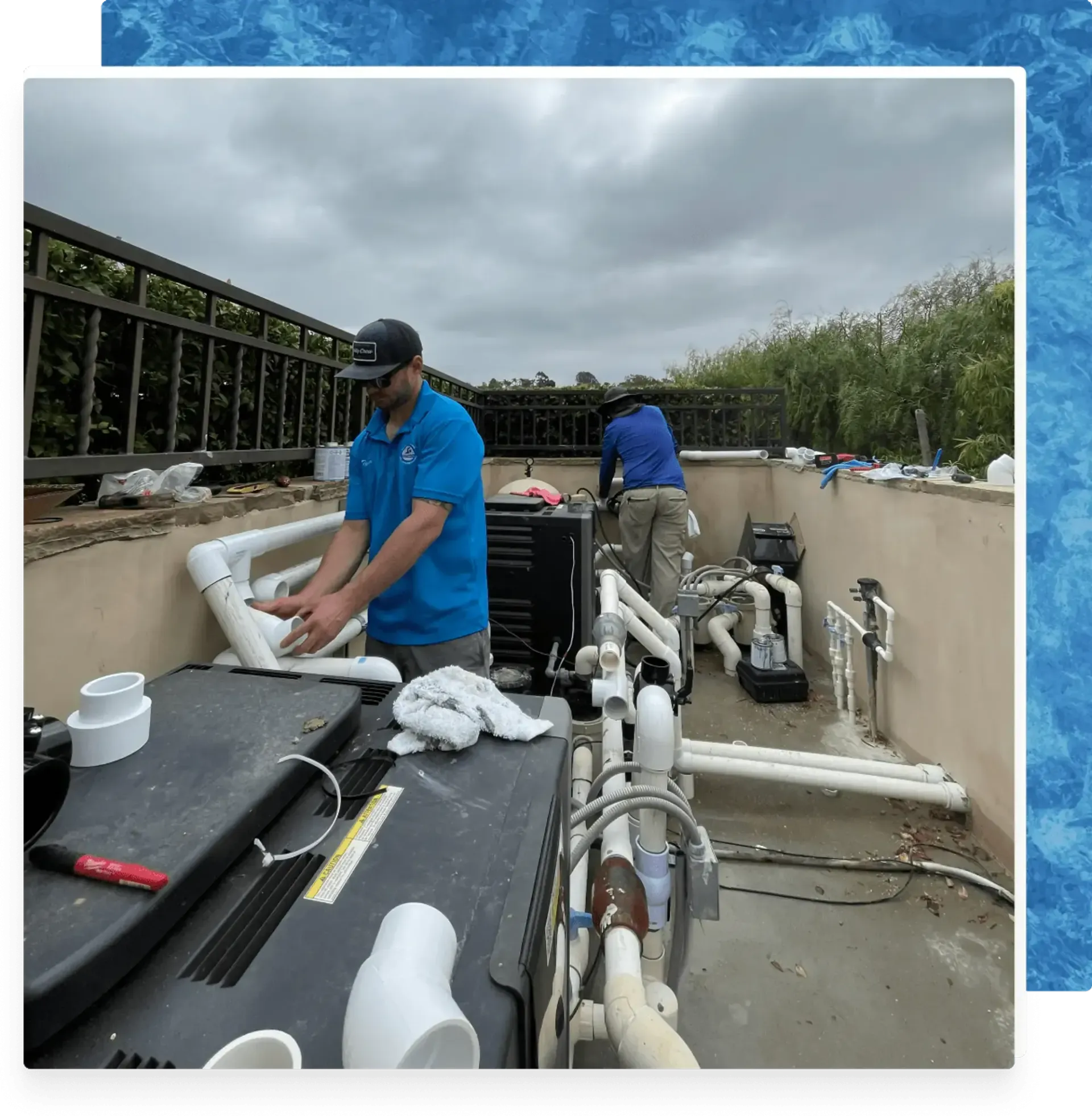
Pool Equipment Repair
Owning a pool should eliminate stress, not cause it. Our team swiftly addresses repairs, using only the best American-made parts, ensuring you can get back to where you belong: the pool!
Pool Resources
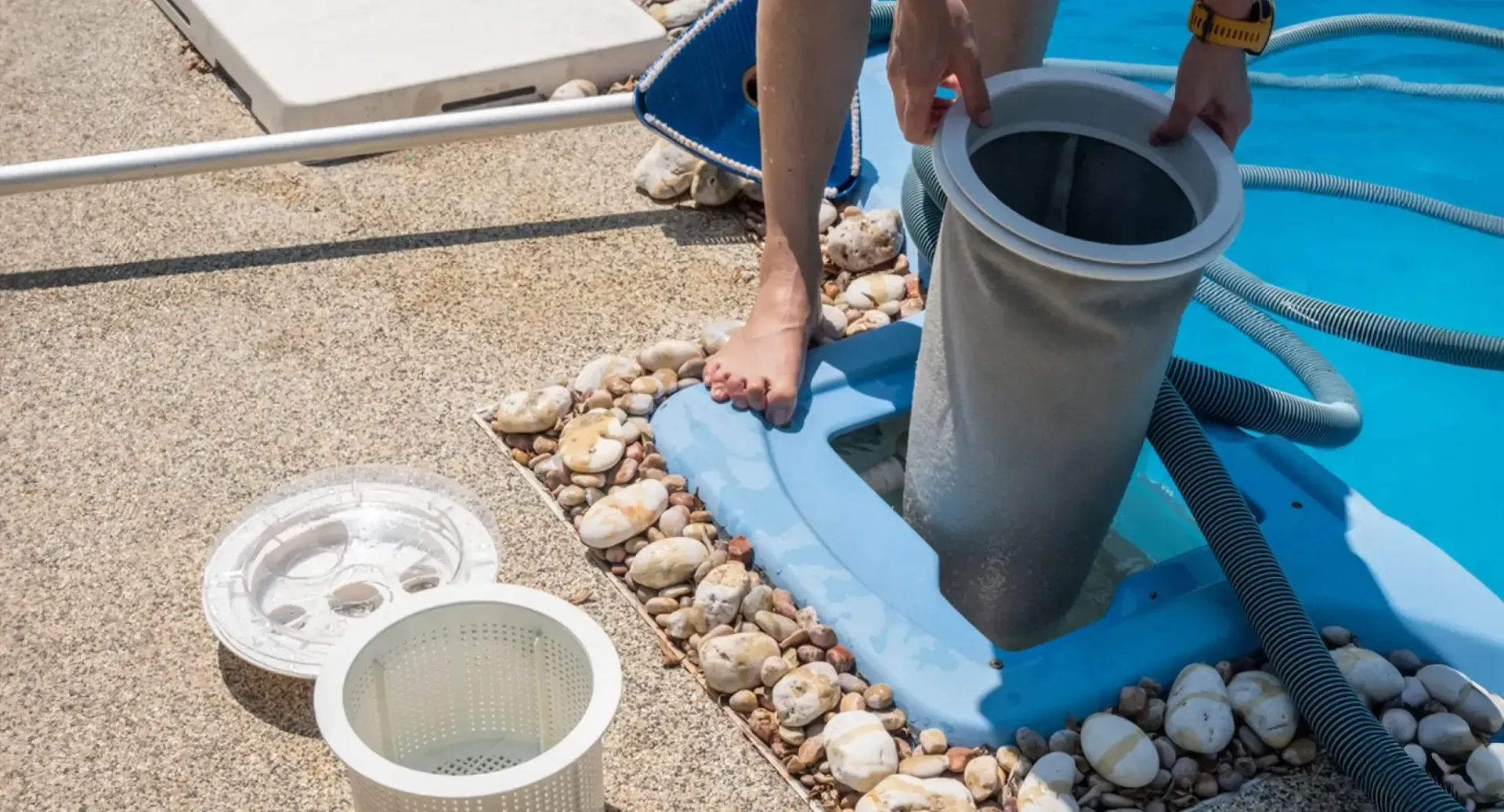
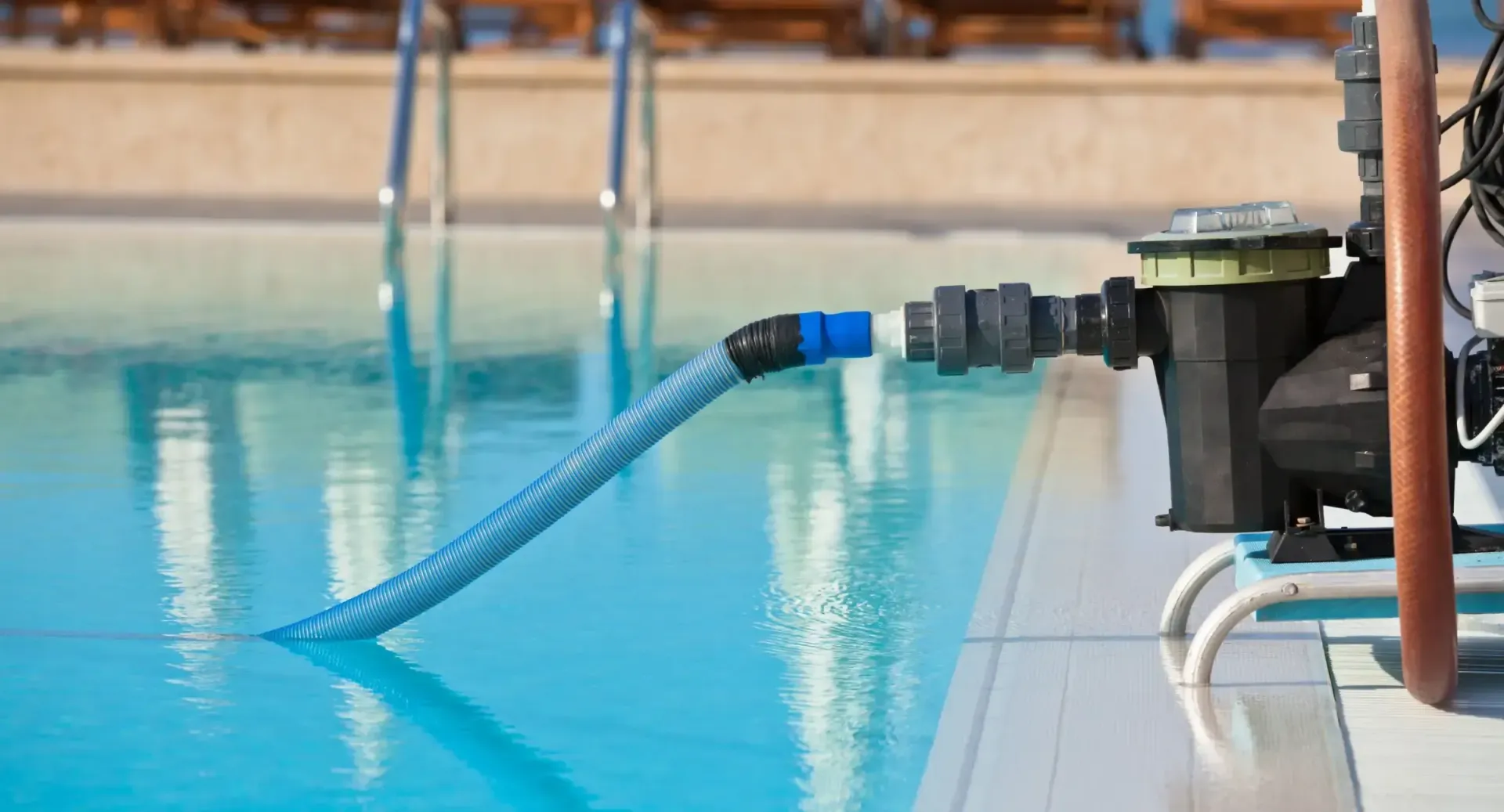
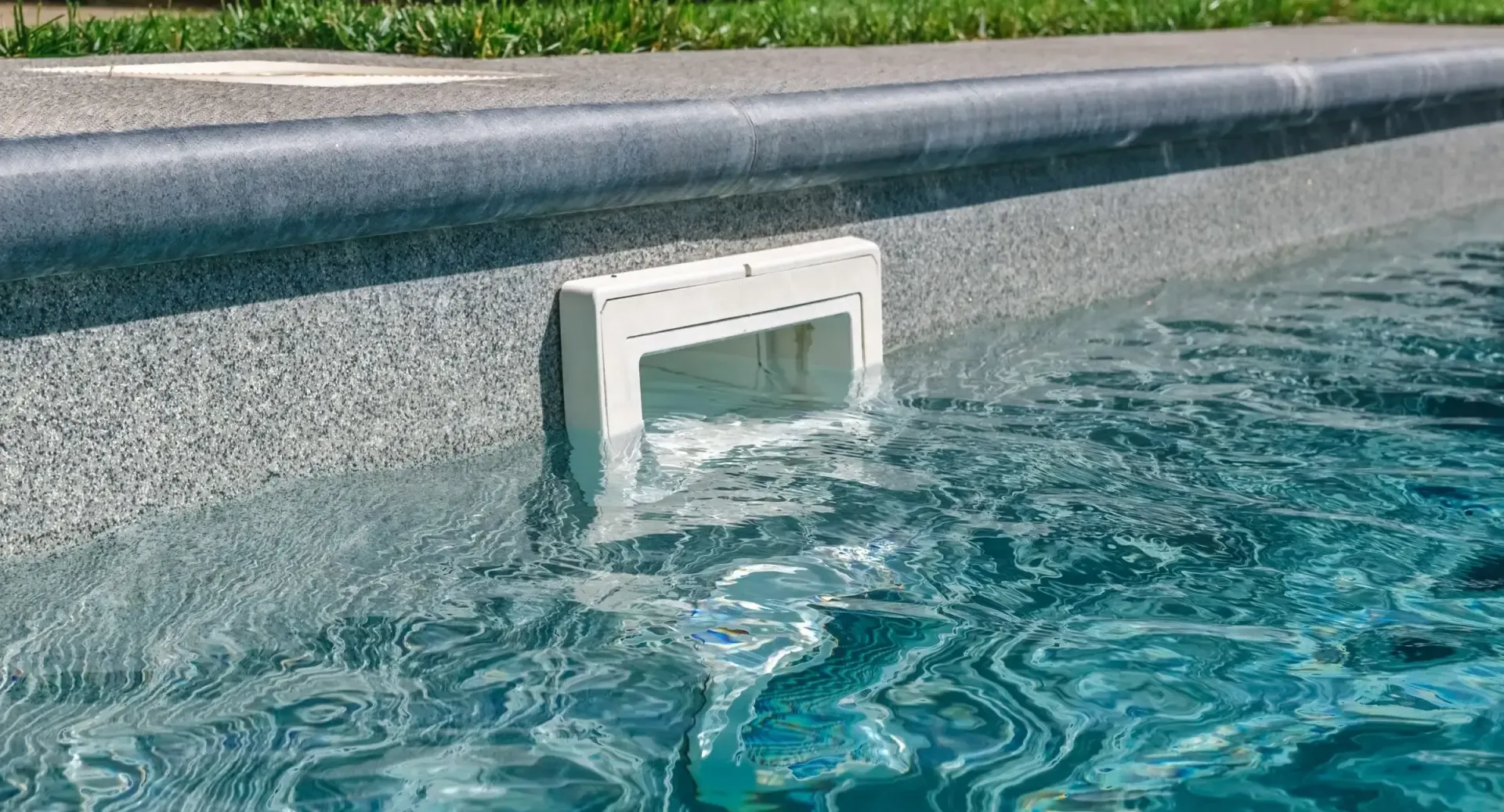
Frequently Asked Questions
How many hours per day should I run my pool equipment?
That depends on the size of your pool, equipment type, climate, and how often you use your pool. As a general rule, we recommend running your pool equipment for 6-8 hours per day. When temperatures exceed 80°, we suggest running the system 8-12 hours per day.
Can I use chemicals that are left over from last season?
Some pool chemicals, such as chlorine tablets or shock treatments, can remain effective for extended periods if stored properly. However, other chemicals, such as pH adjusters or algaecides, may lose potency over time.
How do I know if my pool equipment needs repair?
Common signs include:
- Unusual noises, such as grinding or whining sounds coming from the pump or motor
- Visible leaks or drips around the equipment, indicating potential plumbing or seal issues
- Decreased water flow or pressure could indicate clogged filters or pump issues
- Inconsistent water temperature, suggesting problems with the heater or thermostat
- If you notice any of these signs, please reach out. We offer a full line of services and can help you address these common issues.
What pool services do you offer?
Even though the Puripool™ Process can transform contaminated pool water to drinking water standards, we are not a pool filtering/maintenance company.
Your pool equipment or pool service company must clear any suspended solids and algae from your pool before we begin work. Our service is strictly limited to the chemical purification of your pool and the removal of total dissolved solids (TDS), viruses, bacteria, allergens, and waterborne diseases that your pool equipment cannot remove.
In short, your pool water must be clear, non-turbid, and algae-free before we begin the Puripool™ Process.
How can I optimize the efficiency of my pool equipment?
To reduce energy consumption, we suggest that you:
- Keep your pool clean and well-maintained to reduce strain on the equipment and improve efficiency.
- Invest in energy-efficient equipment, such as variable-speed pumps and high-efficiency heaters, which can significantly reduce energy costs.
- Install a pool cover to reduce heat loss and evaporation when not in use.
- Maintain proper water chemistry and circulation to ensure optimal equipment performance.
- Schedule regular maintenance and tune-ups with Williams Water Co. to keep your equipment running smoothly and identify any issues before they escalate.

